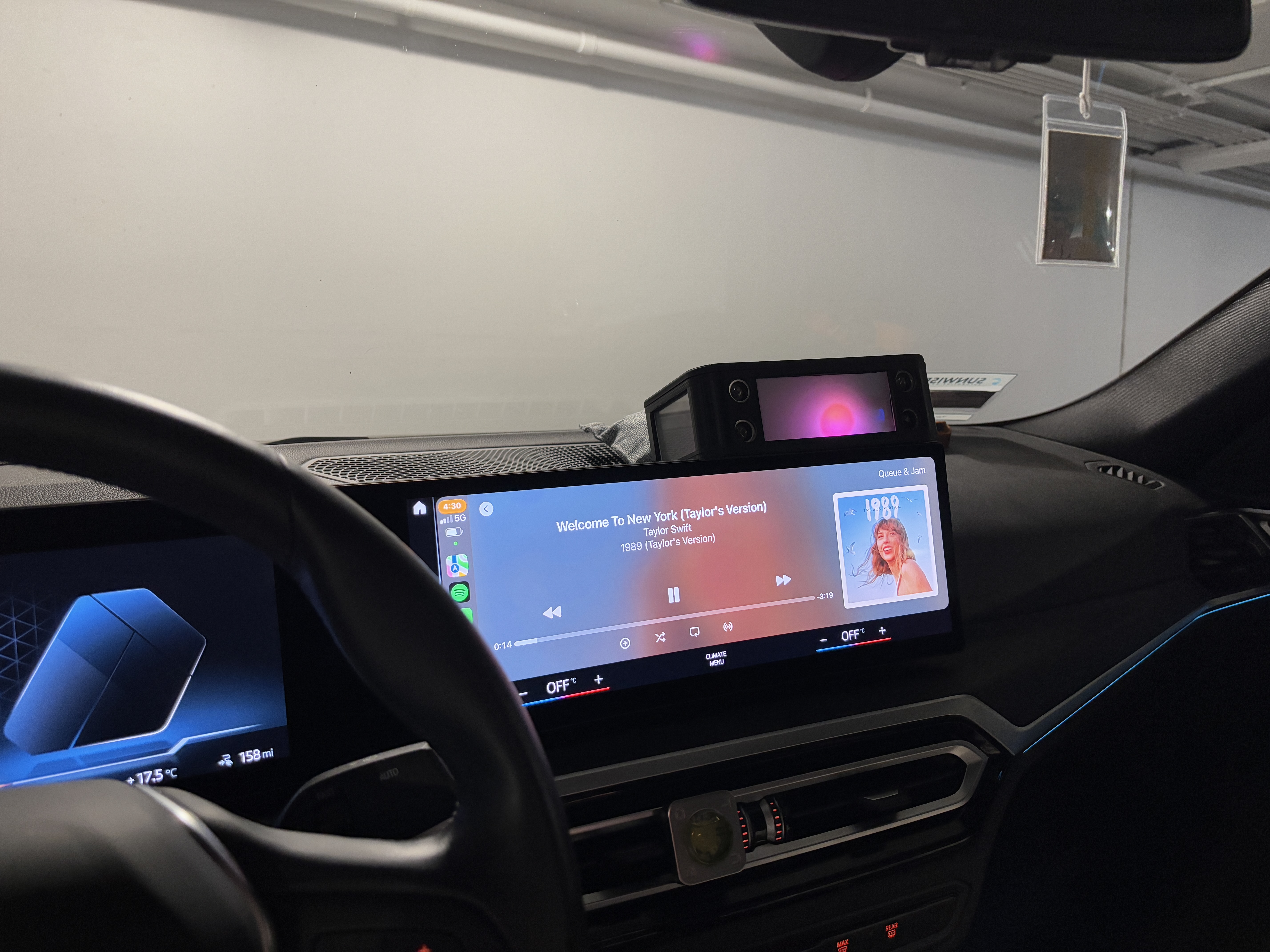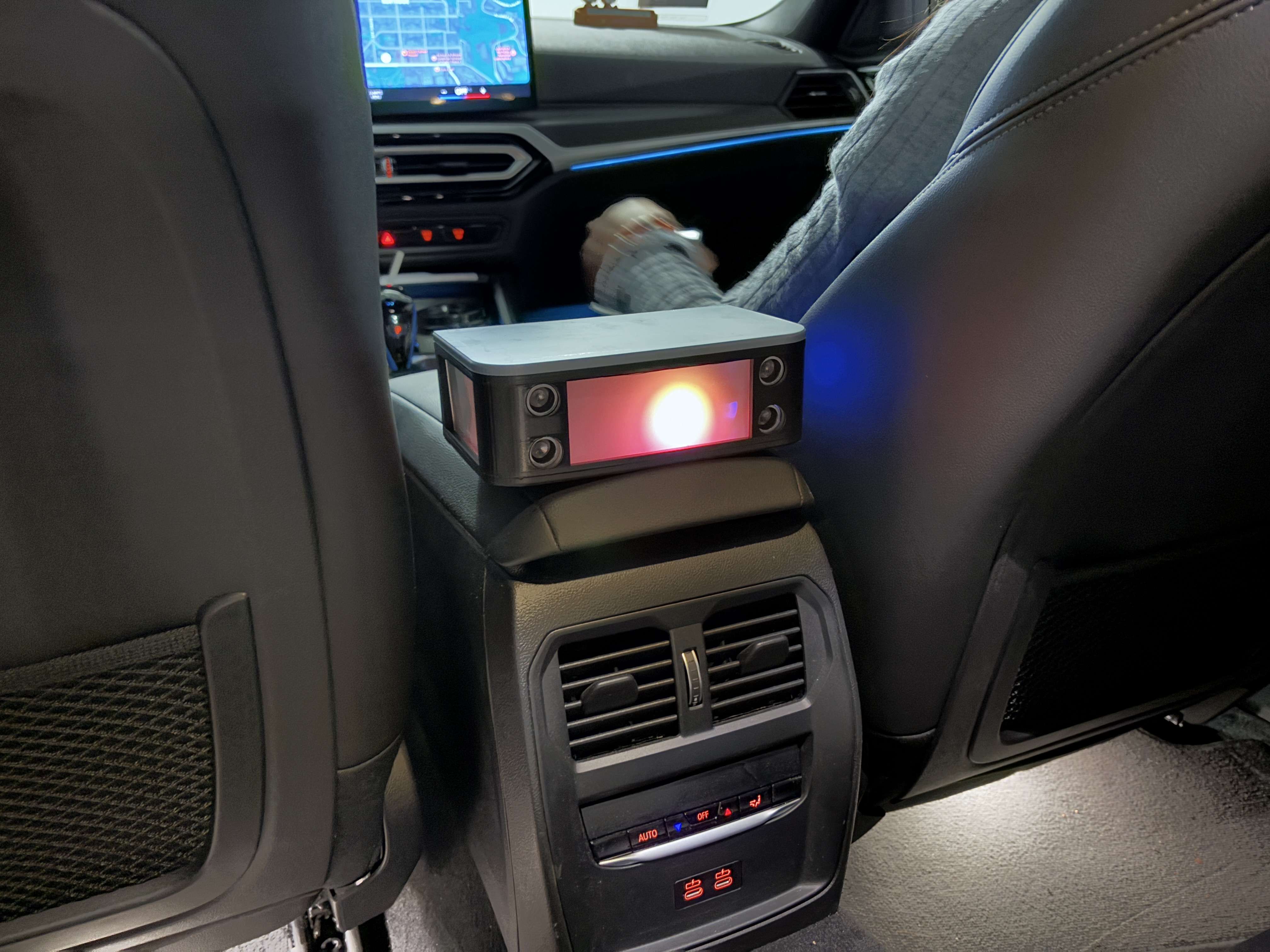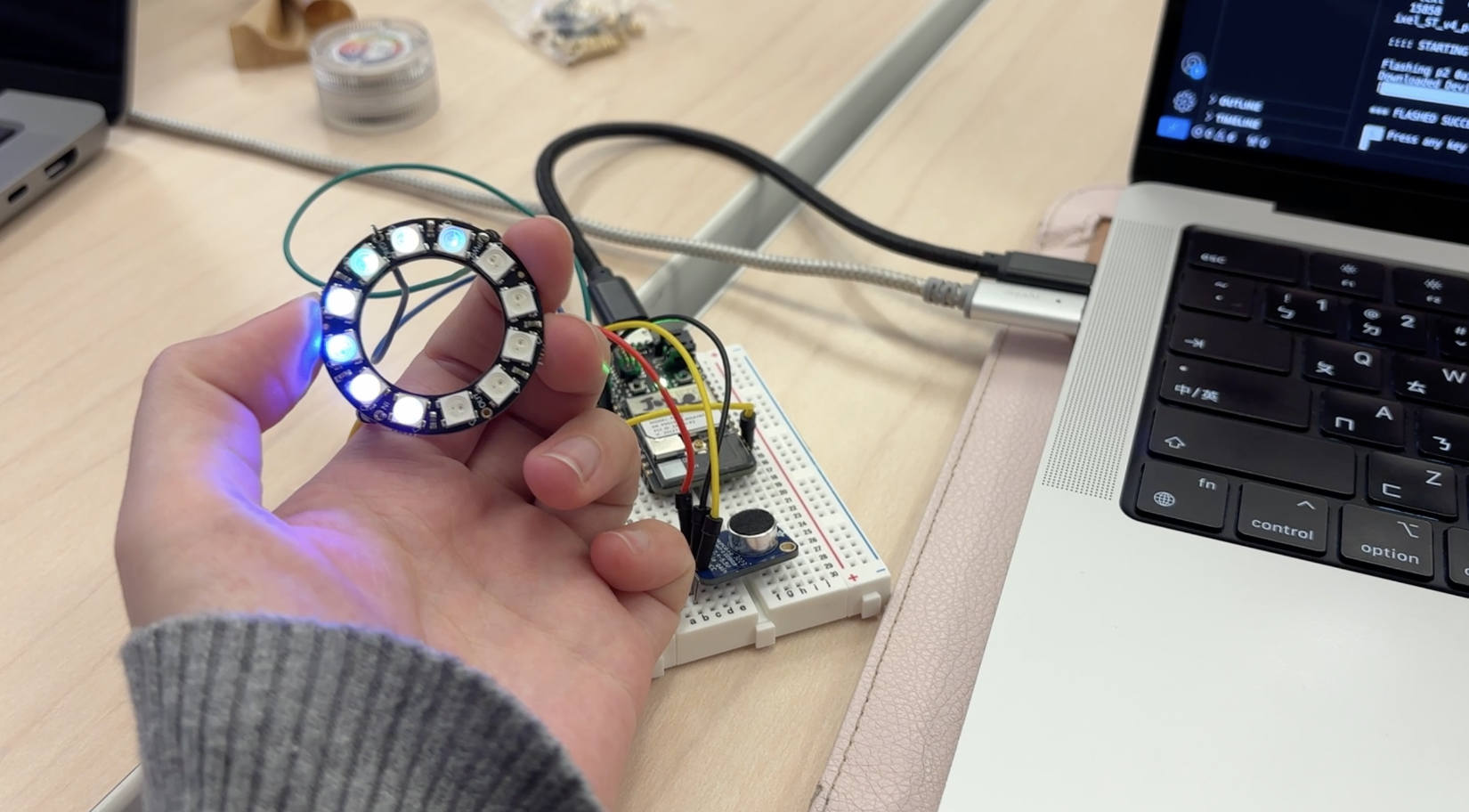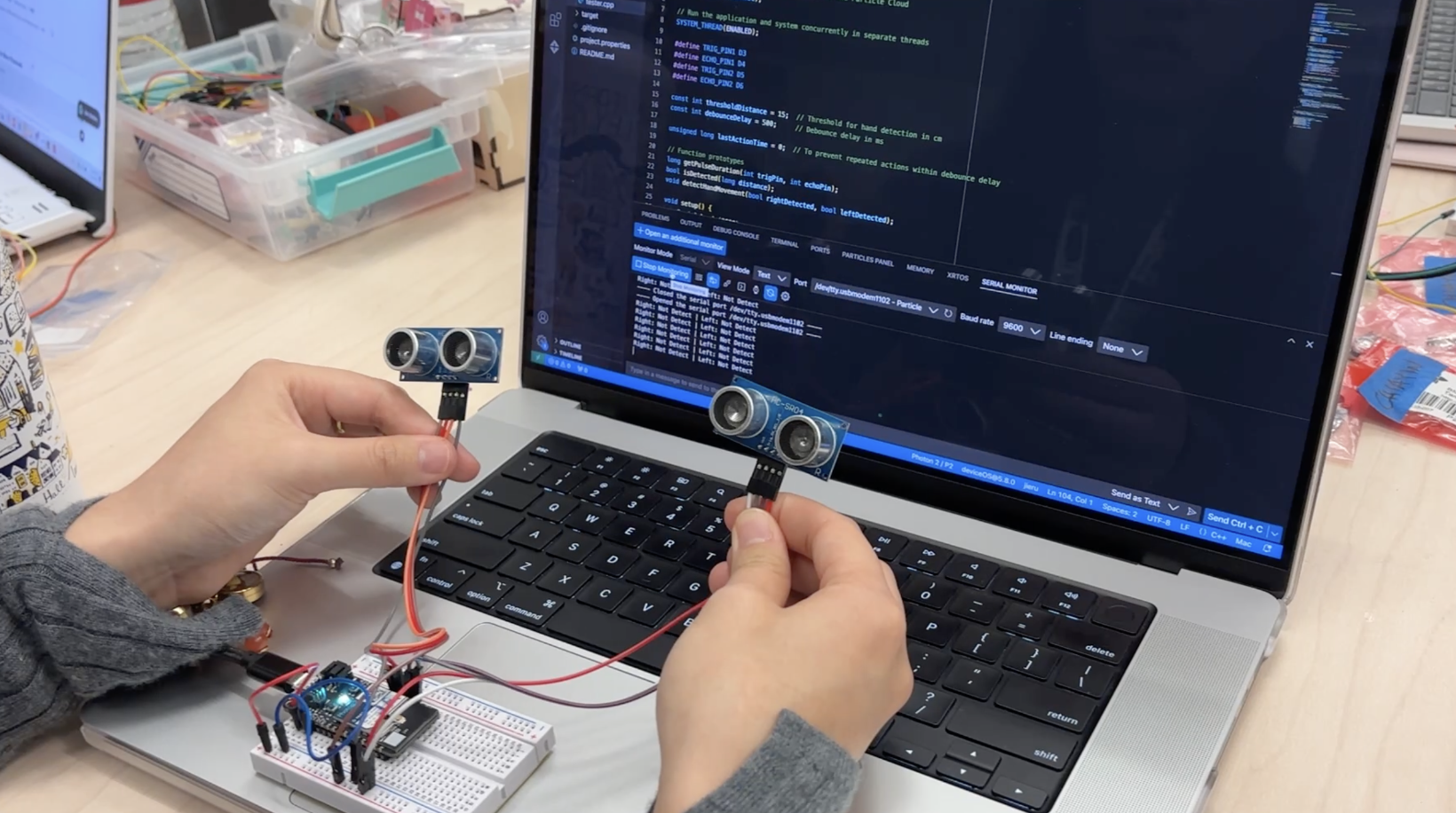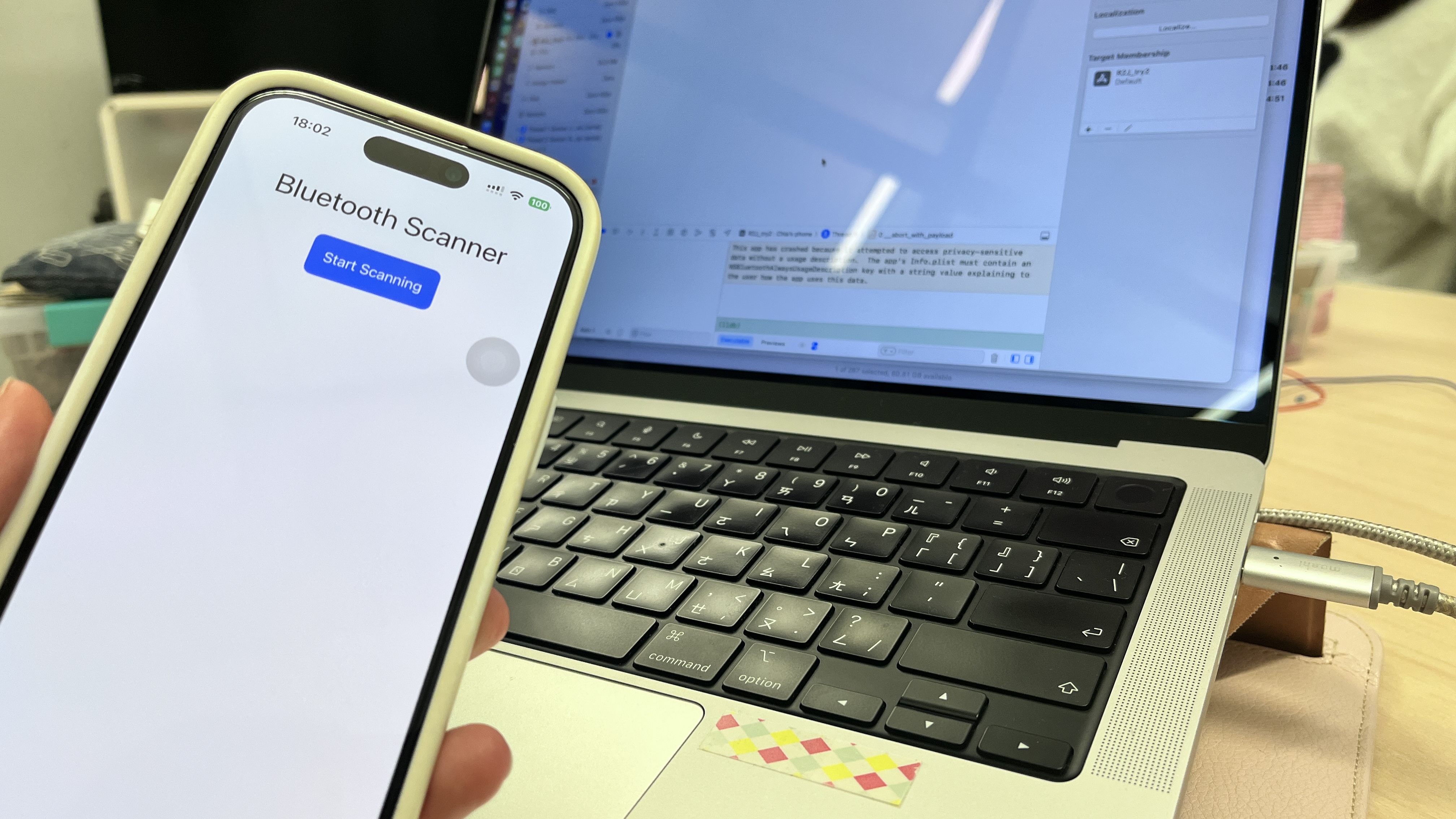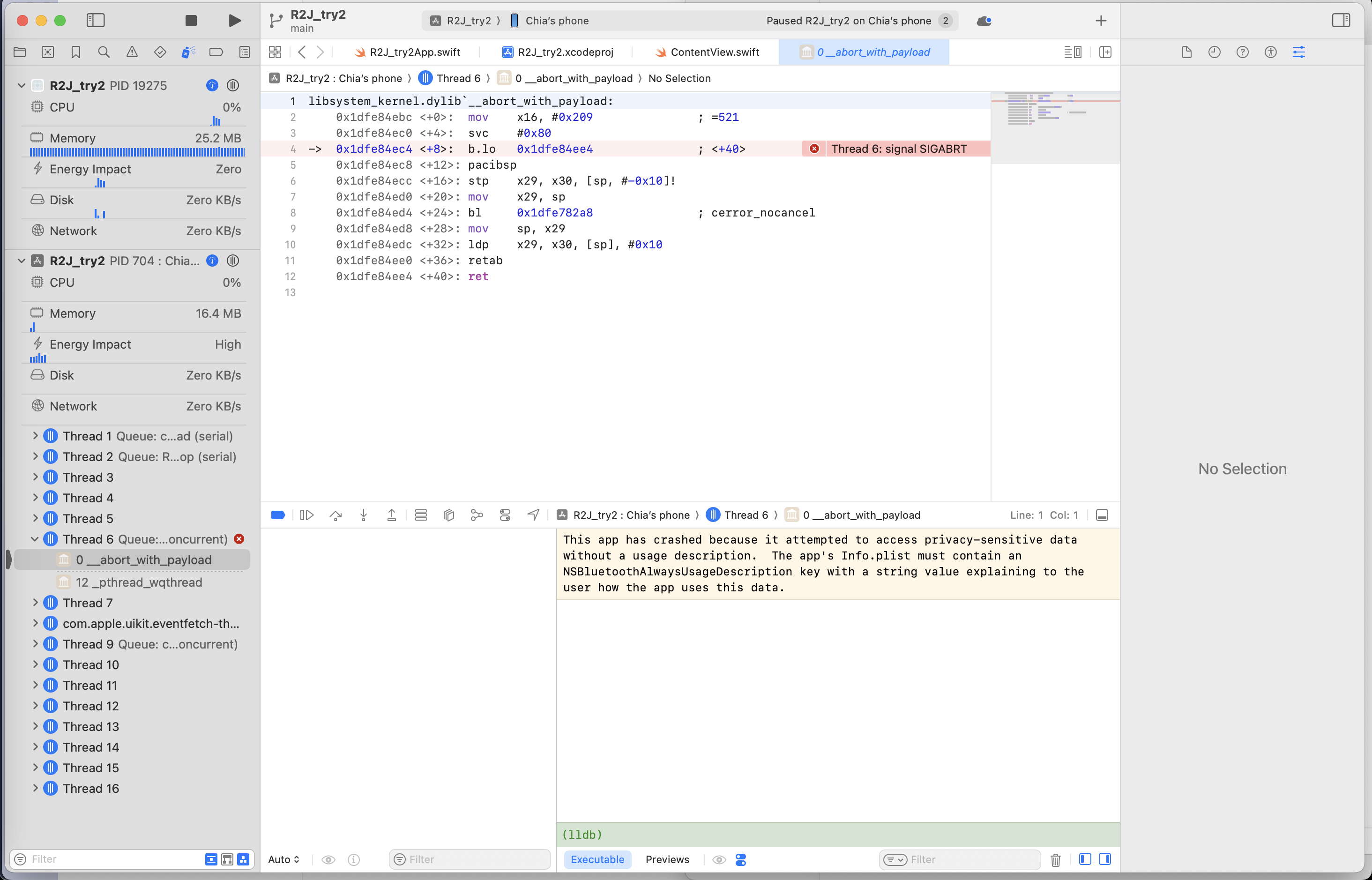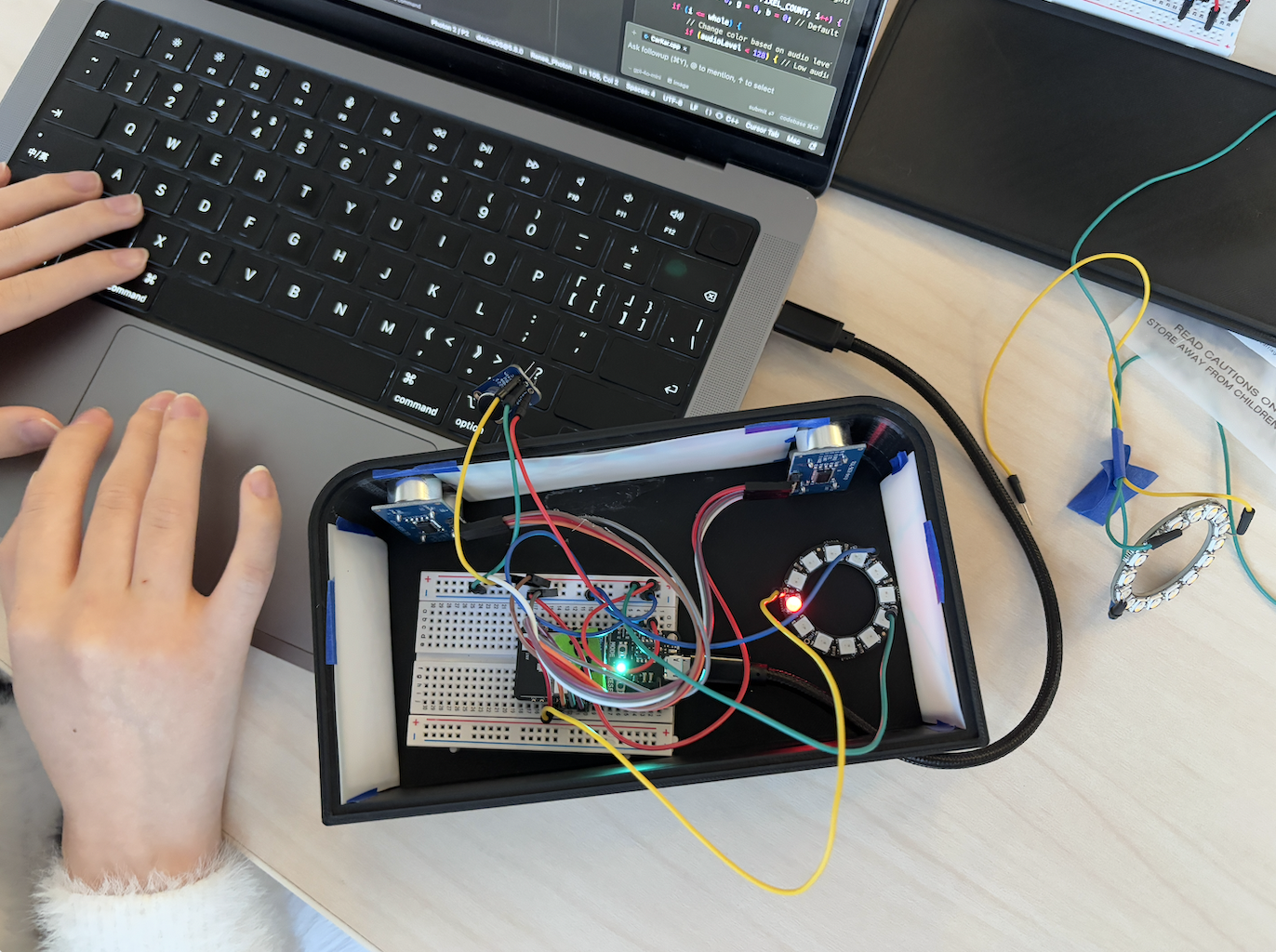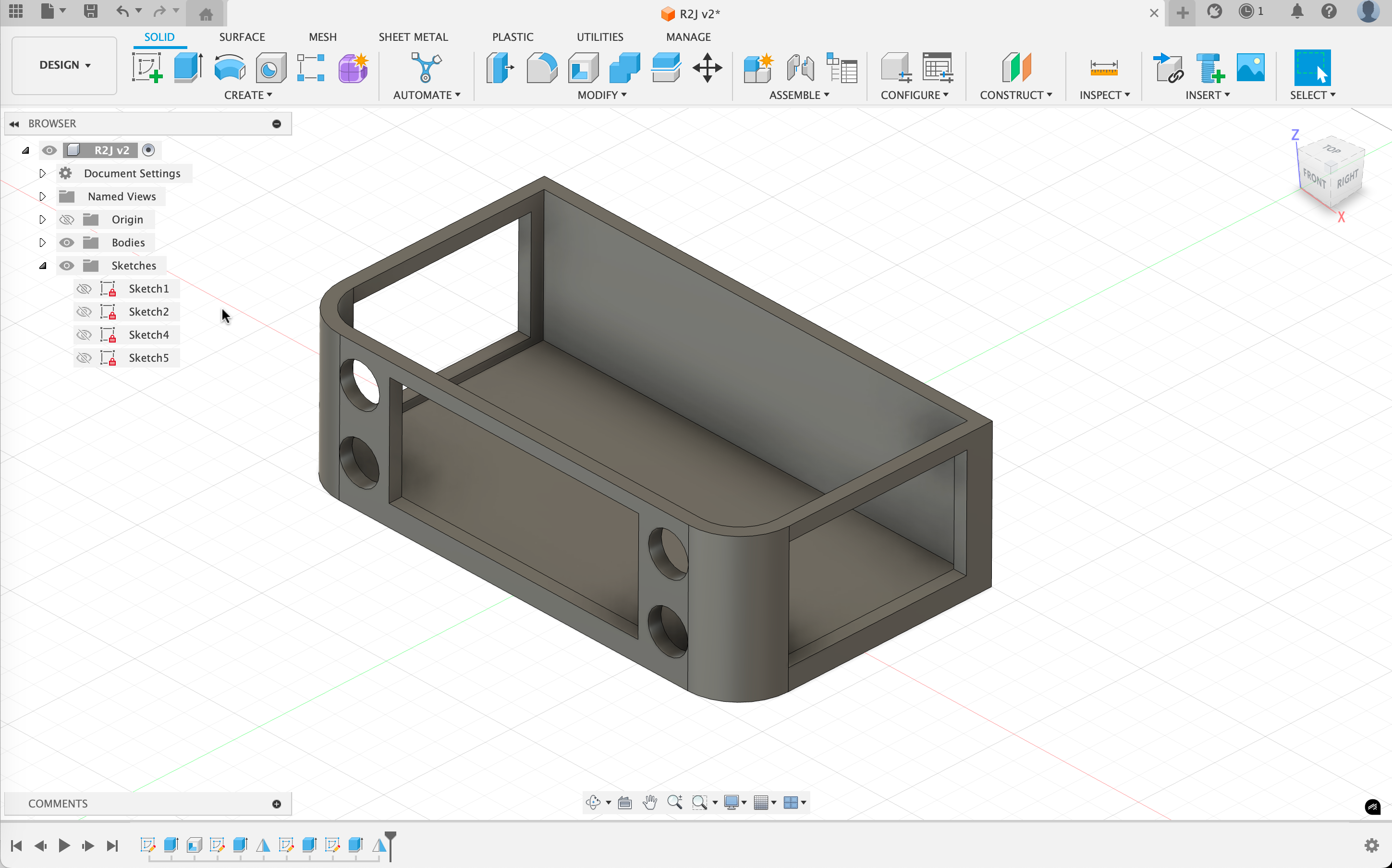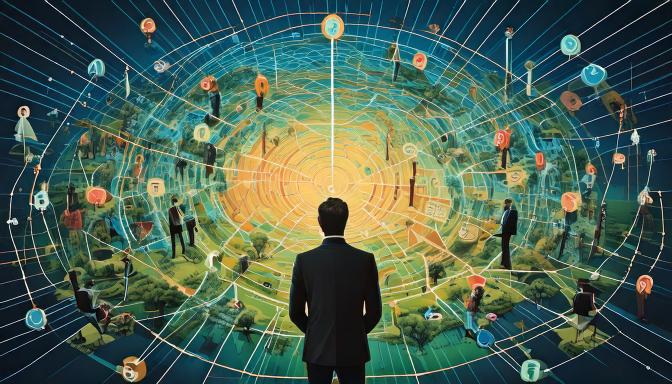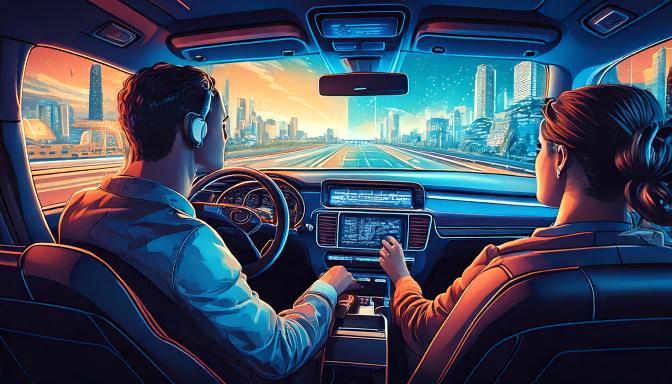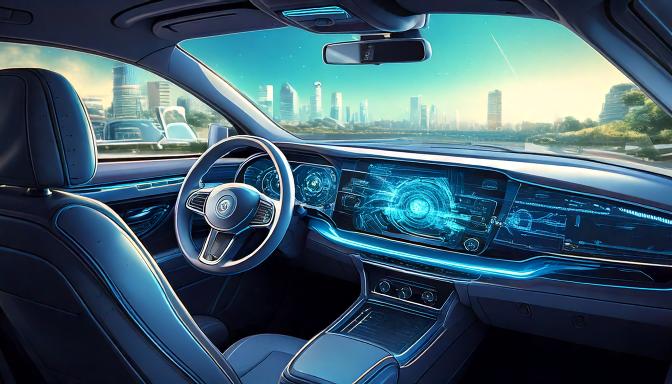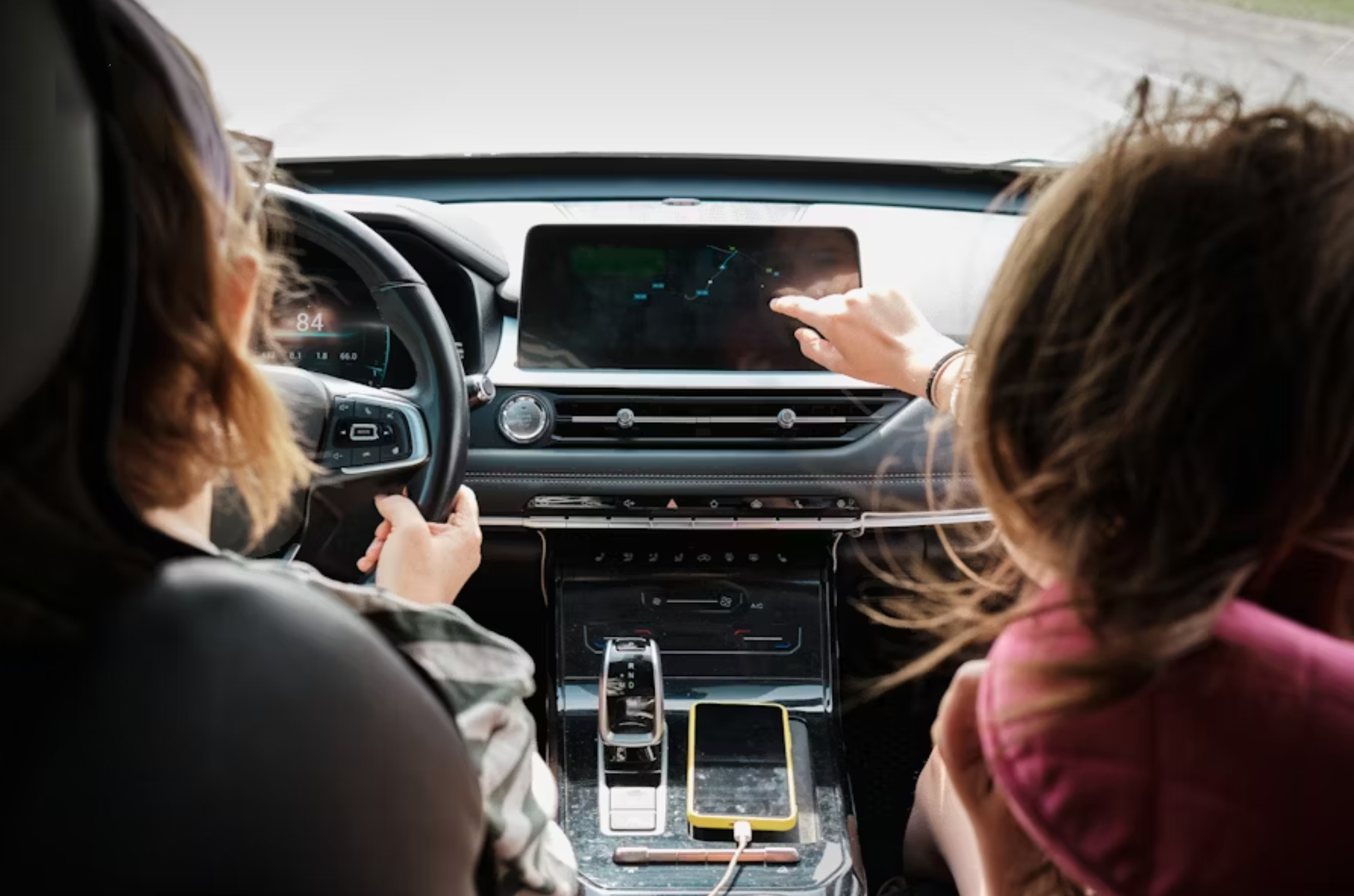
During a road trip, passengers often enjoy singing along to music or engaging in fun activities to make the journey more entertaining. Inside the car, the ambient lighting automatically adjusts to match the song's mood, creating a more immersive and enjoyable atmosphere.
Passengers in the back seat have independent controls, allowing them to change songs, skip to the next or previous track. This ensures that the driver remains focused on the road, minimizing distractions while everyone enjoys the music together.
This thoughtful entertainment makes the system not only engaging but also highly practical for road trips, providing an inclusive, enjoyable, and secure experience for all passengers.











